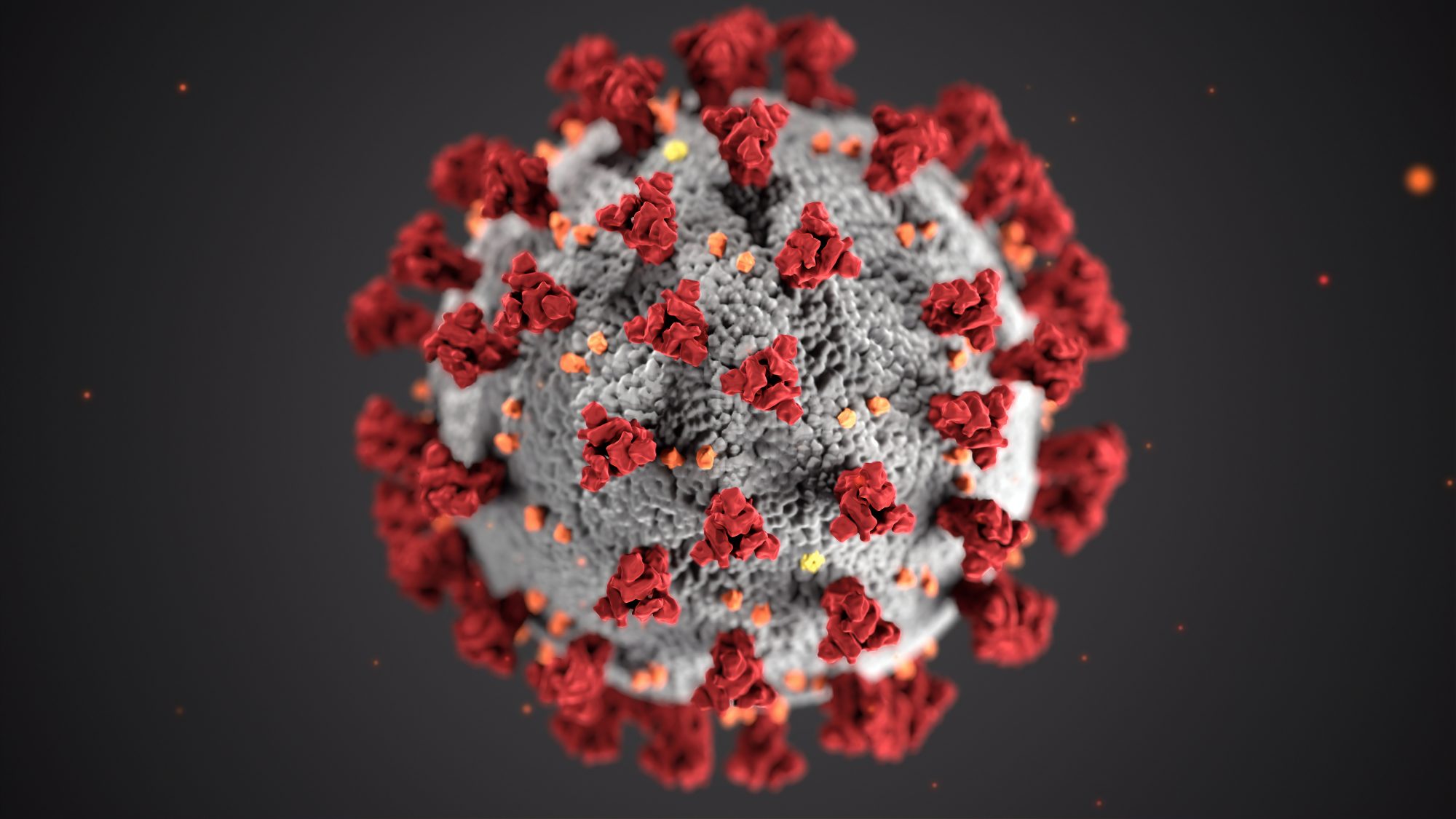Long COVID Sufferers Endure a Long Haul
At my former medical practice, we had a medical assistant who was a force of a person. She worked out 2-3 hours/day, and was a black belt in martial arts. She always had a smile, worked hard, and never called in sick. Then she got COVID in March of 2020, before the vaccines were available. She was in the ICU for three weeks, and had heart and lung damage. Her lungs only worked at 50% for months afterwards, and she was no longer able to walk a mile. She developed a chronic cough, crushing fatigue, and persistent chest pain, which forced her to stop working. It wasn’t until a year after her infection that she was able to start working again.
She’s not alone; this has been a common story among survivors of COVID. The infection resolves, but symptoms persist for months afterwards. You may have heard of Long COVID, also known as Long Haulers, or “Post-Acute Sequelae of COVID” (PASC). But no one has a good sense of what exactly it is. The World Health Organization (WHO) defines Long COVID as “persistent symptoms that last at least 2 months after suspected or confirmed infection with COVID-19 and cannot be explained by an alternate diagnosis.” These symptoms commonly include fatigue, shortness of breath, chest pain, and cognitive impairment (or “brain fog”), but can include any symptom that can limit daily activities.
How does “Long COVID” happen?
The definition is somewhat vague, and does not explain why it happens. There isn’t even consistency among researchers regarding how common it is. Studies indicate that Long COVID occurs in anywhere between 5-57% of recovered COVID cases. Other than increasing age, there is nothing to help predict who will get long COVID. It can occur after mild or moderate cases of COVID, and symptoms can develop up to three months after the infection resolves. Symptoms can last for months, or even become permanent.

This is not a commonly discussed impact of COVID, but it should be. According to the CDC, there have been over 53 million cases of COVID in the U.S. since it’s onset. If we assume, conservatively, that 15% of all cases develop into Long COVID, that would represent nearly 8 million cases over the past 2 years. That’s more than double the total of all cancer diagnoses in the U.S. over the same period. That is a staggering number, with the potential to further overwhelm our already strained healthcare system, especially if COVID persists at its current rate.
Vaccines work
The good news is that there are ways to prevent, and possibly treat, Long COVID. The most obvious way is to get vaccinated. Fully vaccinated people have an 80% decreased risk of getting COVID, and a 50% lower risk of getting Long COVID versus the unvaccinated if infected. That translates into a 90% lower risk of Long COVID in vaccinated individuals, which is an impressive, and hopefully motivating, statistic. And these statistics do not include patients who received a booster, which almost certainly improves these risks even more. And, obviously not getting COVID will protect you as well. So be sure to avoid large crowds and wear a mask in public, especially indoors.
There may also be good news for patients with myalgic encephalomyelitis, aka “fibromyalgia” or “chronic fatigue syndrome.” This condition affects over 4 million people in the U.S., and often starts after a viral infection. It has been recognized for over 200 years, but we still don’t know much about it. That may be about to change. Because Long COVID is so prevalent, there has been a strong push to learn more about it, and possibly develop treatments. It looks like Long COVID is a variant of fibromyalgia. And there are some promising breakthroughs that warrant further study, and likely will lead to effective treatments for Long COVID and Fibromyalgia. So, like advances in immunizations and virology, COVID may lead to advances in treatment of other conditions.
In the meantime…
However, we are still a few years away from routinely available treatments for Long COVID. In the meantime, we can provide pain control, help with mood and sleep issues, and encourage a gentle exercise routine. These can certainly help, but are far from slam dunk treatments we would like.
As with most aspects of COVID, there is good and bad news with Long COVID. For sufferers of this condition, there is not much good news currently. They can have a multitude of symptoms that wreak havoc with their ability to live a normal life. But there are likely to be huge advancements soon, which may carry over into other areas of medicine. Also, though it can be a devastating condition, Long COVID can be prevented by getting vaccinated (and boosted), and taking precautions to prevent getting COVID.
Long COVID can be another scary aspect to COVID, but it doesn’t have to be. It can be prevented, treated, and hopefully soon, cured. The prevention part is up to you.
Stay safe, stay healthy, and Happy New Year!
L. Kenneth Zweig, M.D.

